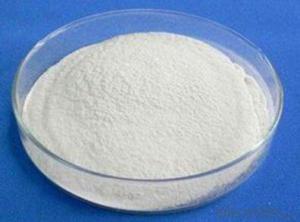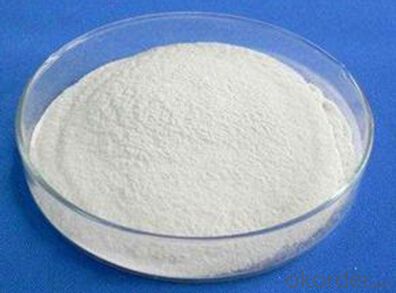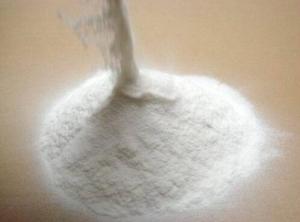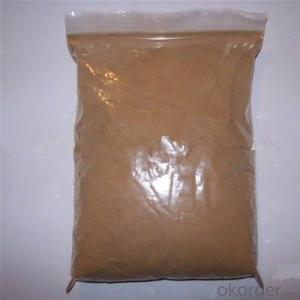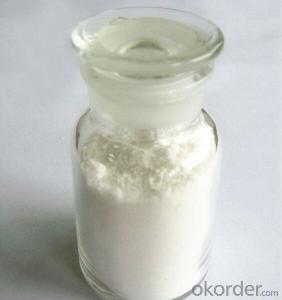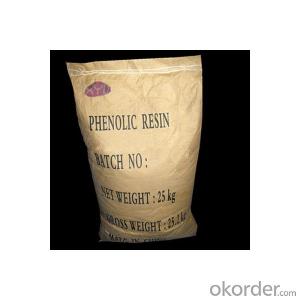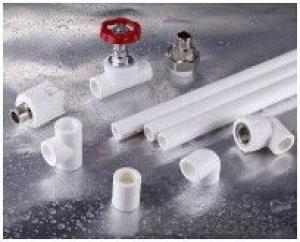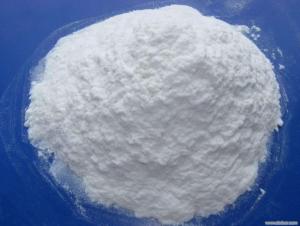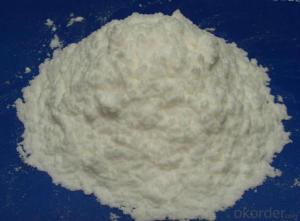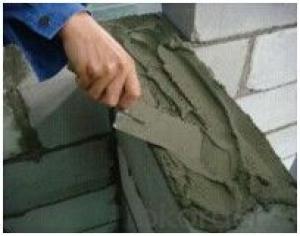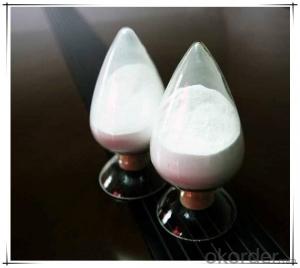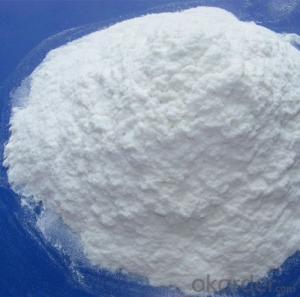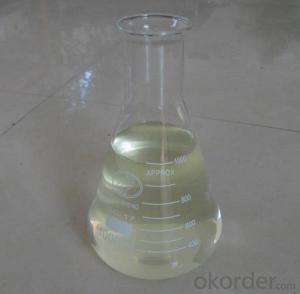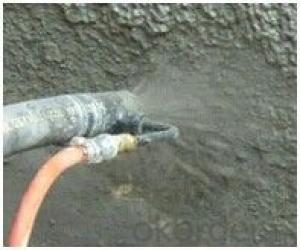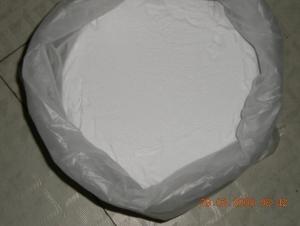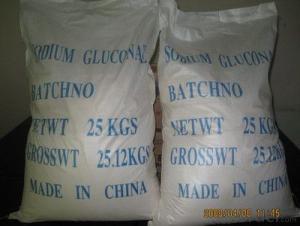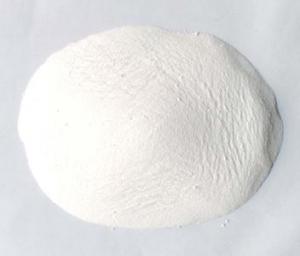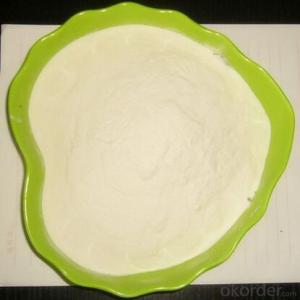Hydroxypropyl Cellulose HPMC for Thermal Insulation Mortar
- Loading Port:
- Tianjin
- Payment Terms:
- TT OR LC
- Min Order Qty:
- 5 m.t
- Supply Capability:
- 1000 m.t/month
OKorder Service Pledge
OKorder Financial Service
You Might Also Like
Introduction of Hydroxypropyl Cellulose HPMC for Thermal Insulation Mortar
HPMC is a non-ionic cellulose ethers produced from matural high molecular cellulose through series of chemical changes, They are characterized by the solubility in water, water retention, non-ionic type, stable pH value, surface activity, reversibility from gelling to solving at different temperature, thickening, binding, film-forming, lubricating and mold resistance. Due to all these special properties, they are widely applied for thickening, gelling, emulsifying, dispersing, stabilizing, water retaining and mixing improving in industries like building material, painting, synthetic resin, porcelain, medicine, food, textile, agriculture, cosmetics and tobacco
Image of Hydroxypropyl Cellulose HPMC for Thermal Insulation Mortar

Application of Hydroxypropyl Cellulose HPMC for Thermal Insulation Mortar:
1. The product can be utilized as water retaining agent and binder for plaster, plaster putty and binding filler.
2. The product can work as water retaining agent and binder for ceramic tile binder, coment mortar and wall surfactant.
3. Used in lacquer, the product is stable during storage and homogeneous in viscosity. Lacquer with this product can disperse evenly and meanwhile it will not be affected by pH value(suitalbe pH value range: 3-11). Its enzyme resistance can be different according to the degree of substitution. The enzyme resistance may be increased with increasing degree of substitution. Meanwhile, the viscosity will not reduce or change due to the intrusion of enzyme as other thickeners do.
Specification of Hydroxypropyl Cellulose HPMC for Thermal Insulation Mortar
| Item | Specification |
| CAS NO. | 9004-65-3 |
| Appearance | white or light yellow powder |
| Moisture Content | ≤5.0% |
| PH | 4.0-8.0 |
| Particle Size | min. 98% pass through 100 mesh |
| Viscosity | 5000ps-200000cps, 2% solution |
- Q: i went on the web site of microlon an it say this stuff last a life time no need to keep adding only once an your engine is protected for life is this stuff for real an it cost 99.99 for a 32 once can witch treat an 4,6,8 cylinder engine
- companies like Mobil ,chevron etc spend millions of dollars a year doing research on additives to make our engines last longer, dont you think if theres something better they would add it to the oil? there have beenperformance additives since theres been cars , I am not going to disparage Lucas but most additives are just snake oil if you want to take care of your engine go out and buy full synthetic oil on your next oil change , this will save on engine wear, and fuel
- Q: If all this is used in our ground beef,and they say it is safe, does this remind anyone else of a movie called,Soy-lent Green? What‘s next?Will they chemically alter humans as additives?What are your thoughts on this Pink Slime ???
- If they were really out for our best interest they would've labeled the stuff finely textured beef and explain the procedure to begin with. They didn't do it because it started out in dog food. They know people don't take all the scraps from their own table, mush it up onto a paste, pre cook to 100 degrees, spin in a centrifuge and pour ammonia on it to kill bacteria, then mix it up in the meat they will have next time. Agribusiness has a very strong lobby in washington. They spent $28,000,000 lobbying since last year. So if they can bribe enough politicians you never know. It could continue to be in the meat like before. It's starting already: www.dailymail .uk/news/article-. You can still buy from places that don't have the stuff in the meat. Just be careful where you buy it from.
- Q: Is there any kind of food additive that can make radish brittle?
- With a touch of vinegar blisters, crisp and sterilization
- Q: The sum of additive inverses is always zero. True of False?
- the sum of any additive and its inverse is always zero: x + (-x) 0
- Q: What are the food additives approved by our country?
- By function is divided into 21 categories: acidity regulator, anti-caking agent, defoamer, antioxidant, bleach, bulking agent, gum base, coloring agent, coloring agent, emulsifier, enzyme preparation, flavor enhancer, Flour treatment agent, coating agent, moisture retention agent, nutrition enhancer, preservative, coagulant, sweetener, thickener, processing aid.
- Q: What chemicals are used as additives in gasoline?
- MTBE (methyl- tert- butyl ether) - toxic and penetrates ground water ethanol methanol isopropanol and a couple more ols and a lot more!
- Q: Please help. I need it in my paper. Thank you!
- extremely tough thing. try searching on the search engines. that will help!
- Q: Is Tata powder a food additive?
- Tata powder, chemical called potassium tartrate, is the production of chiffon cake essential raw materials
- Q: what are 3 additives foundin three different foods, and what areb they for?
- Food additives are substances added to food to preserve flavor or improve its taste and appearance. Some additives have been used for centuries; for example, preserving food by pickling (with vinegar), salting, as with bacon, preserving sweets or using sulfur dioxide as in some wines. With the advent of processed foods in the second half of the 20th century, many more additives have been introduced, of both natural and artificial origin.
Send your message to us
Hydroxypropyl Cellulose HPMC for Thermal Insulation Mortar
- Loading Port:
- Tianjin
- Payment Terms:
- TT OR LC
- Min Order Qty:
- 5 m.t
- Supply Capability:
- 1000 m.t/month
OKorder Service Pledge
OKorder Financial Service
Similar products
Hot products
Hot Searches
Related keywords

